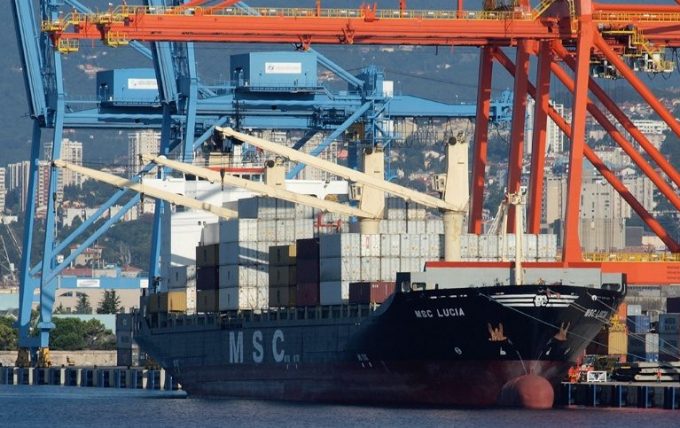Box ship overcapacity threat from carrier appetite for new tonnage
Liner analysts have warned that the supply and demand curve will continue to widen before ...

Continued strong demand for container tonnage has resulted in many sizes now being totally ‘sold out’ and their resulting soaring asset values decimating vessel scrapping in the sector.
Shipowners, struggling to obtain $4,000 a day for an elderly fuel-guzzling panamax ship five years ago could now ...

Comment on this article